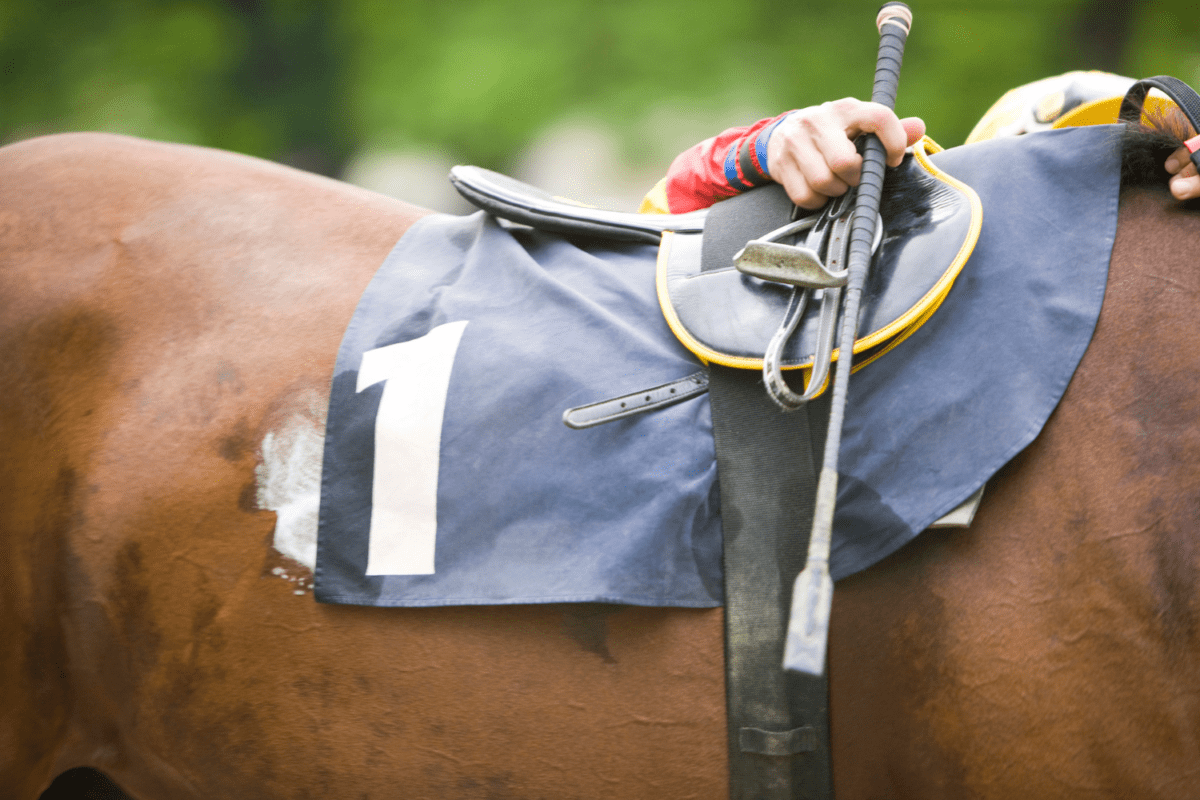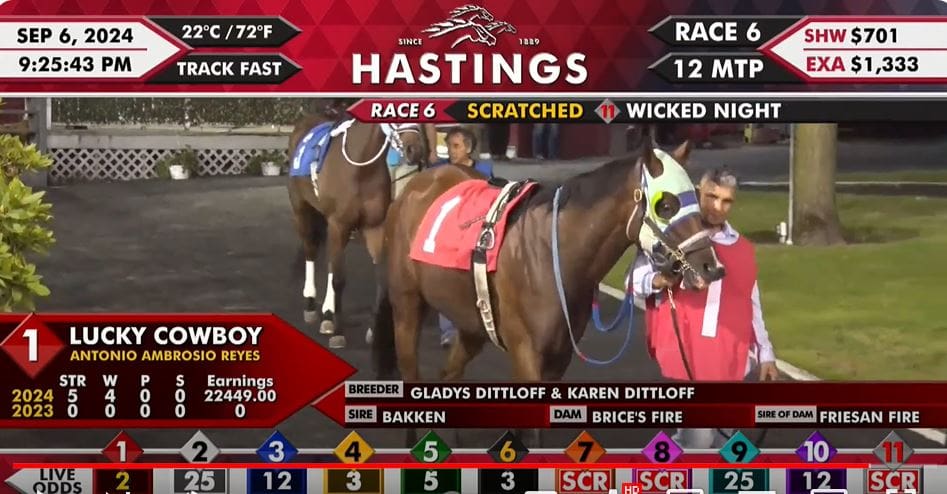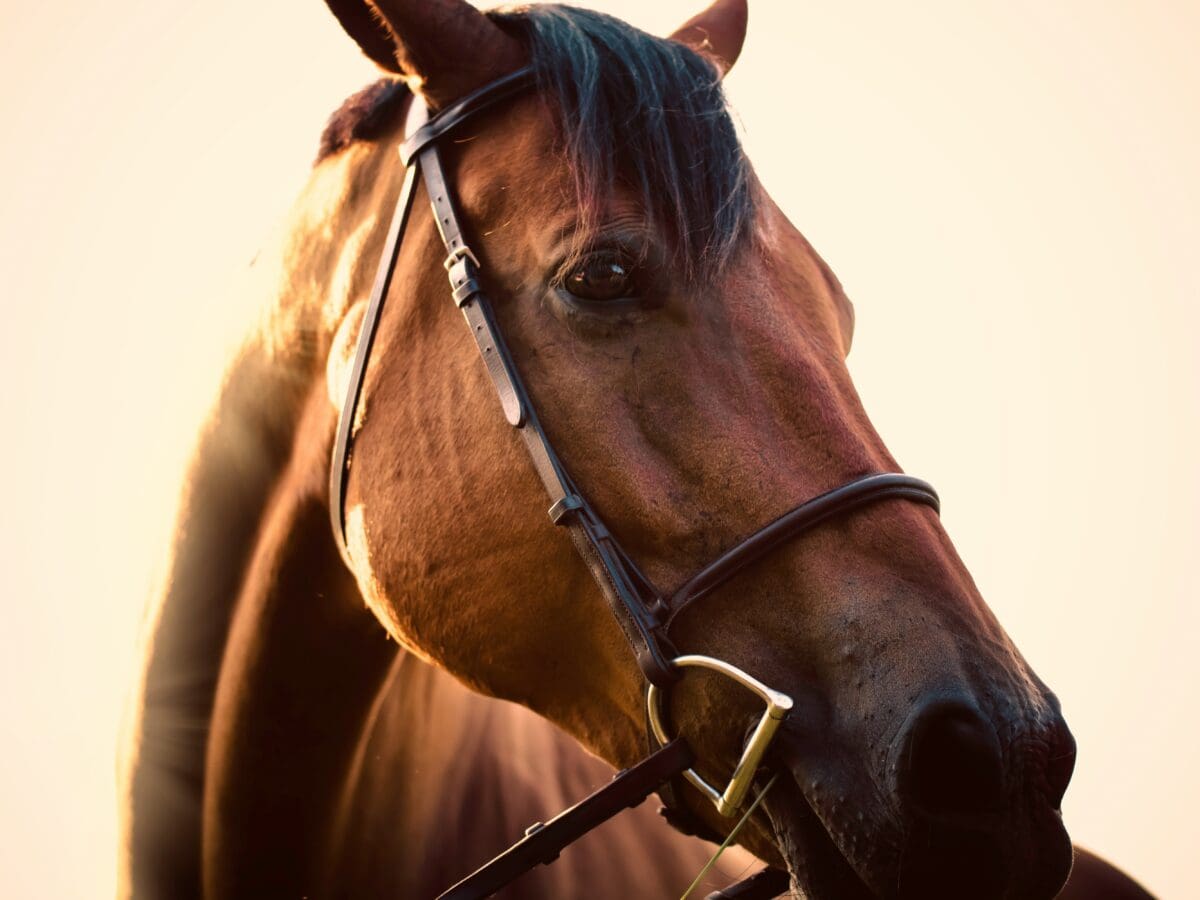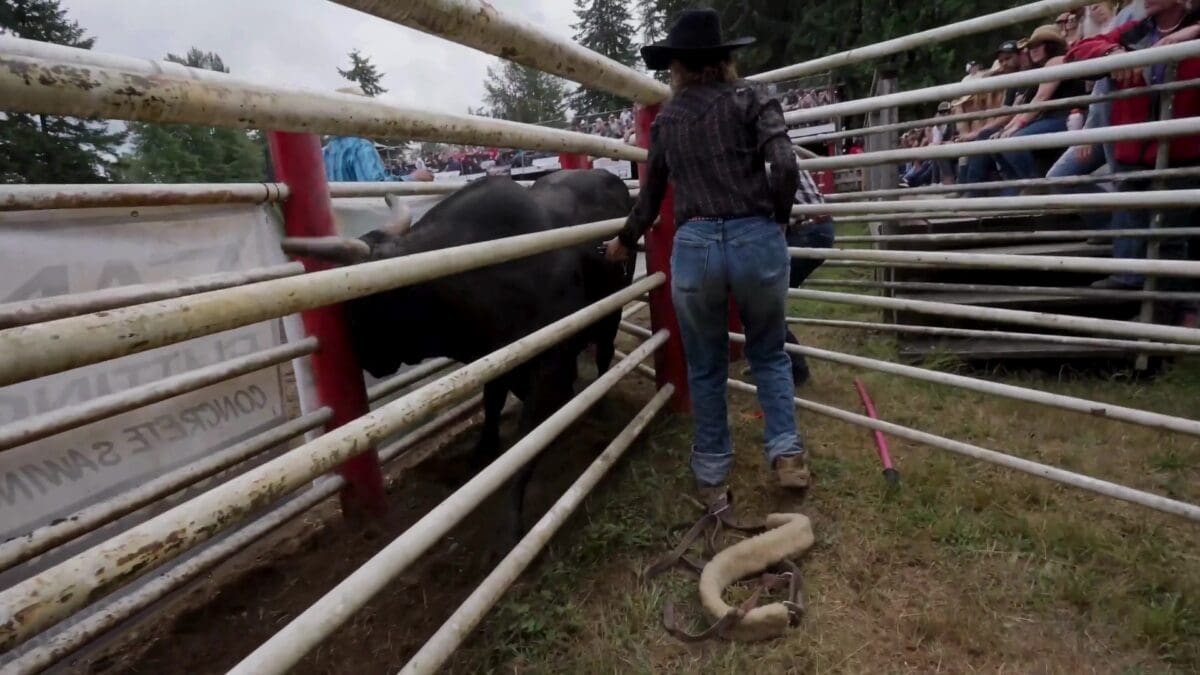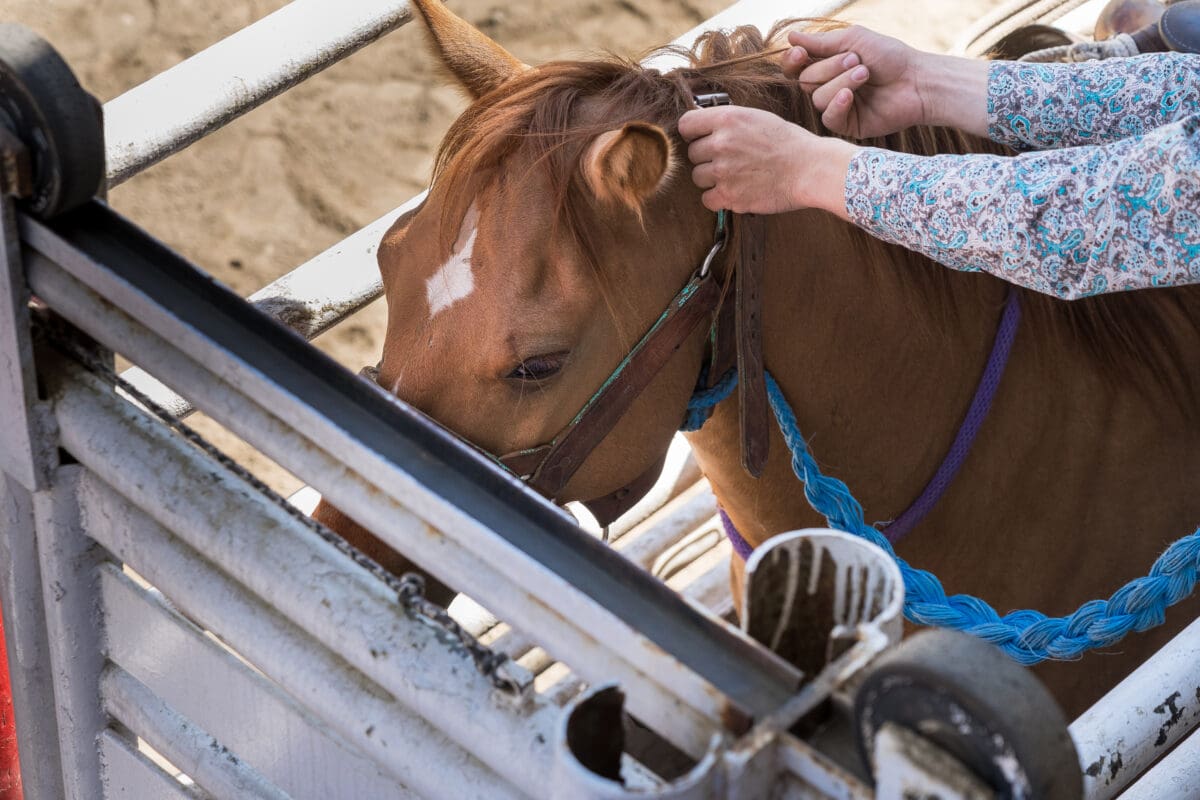FOR IMMEDIATE RELEASE
VANCOUVER, September 12, 2024 – This year’s controversial rodeo season in B.C. has left the Vancouver Humane Society (VHS) and thousands of advocates calling for urgent action from the provincial government. New footage released by the VHS today from two provincially-funded rodeos continues to show recurring welfare issues.
Footage released today includes incidents from the Interior Provincial Exhibition & Stampede in Armstrong, which received $140,800 in taxpayer dollars through the Ministry of Tourism’s Fairs, Festivals and Events Fund, and the Nicola Valley Professional Rodeo in Merritt, which received $11,100 from the same grant program.
The welfare concerns seen in these rodeos echo incidents at other rodeos across the province this year.
In video clips from both Armstrong and Merritt, calves are seen being dragged across the arena by a rope tied around their necks. The footage is reminiscent of an incident in which a roped steer was dragged around the arena by a horse at a rodeo in Keremeos this past May.
Like the other events the VHS monitored this season, the newly released footage from Armstrong and Merritt also shows animals being pushed, dragged, smacked in the face, kicked, and roughly agitated through ear pulling and tail twisting. Previously, the VHS filed cruelty complaints to the BC SPCA regarding multiple incidents this year, including the inhumane use of electric prods at two rodeos.
“We continue to see people in B.C.’s rodeo industry use harsh handling and push the boundaries of how much suffering they can cause before they are considered in violation of the Prevention of Cruelty to Animals Act,” said Emily Pickett, the VHS’s Campaign Director. “There is no proactive monitoring of rodeos by enforcement bodies in this province, so it is very likely the people running these shows don’t believe they’ll be caught when they break the rules.”
Pickett notes that while the B.C. government provided more than $680,000 in taxpayer funding to events that involve rodeos this year, it does not fund enforcement of its own cruelty laws at the same events.
“British Columbians should be asking the provincial government why it continues to hand over their tax dollars to support animal suffering,” Pickett added.
July 2024 polling shows that 83% of British Columbians are against the government funding of rodeo events, rising 17 percentage points from a previous poll in February.
The VHS encourages anyone who is concerned about the suffering of animals in rodeo events to send a quick, pre-written message to the B.C. government through their website.
– ends –
SOURCE Vancouver Humane Society
For more information, contact Emily Pickett: 604-416-2903, emily@vancouverhumanesociety.bc.ca
Related links:
https://vancouverhumanesociety.bc.ca/posts/ongoing-welfare-issues-cruelty-complaints-and-rising-public-opposition-mark-2024-b-c-rodeo-season/
https://vancouverhumanesociety.bc.ca/wp-content/uploads/Factum_VHS_13Aug2024.pdf
Related media:
Armstrong rodeo footage – https://youtu.be/_4VfjZ2bzlI
Merritt rodeo footage – https://youtu.be/JTy7n_oYXJw

